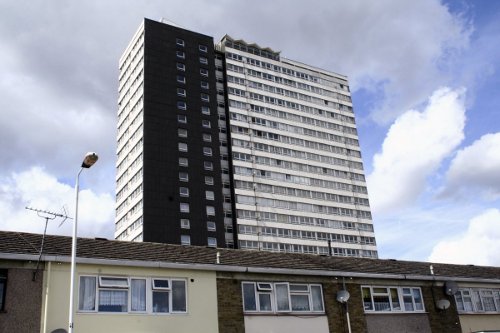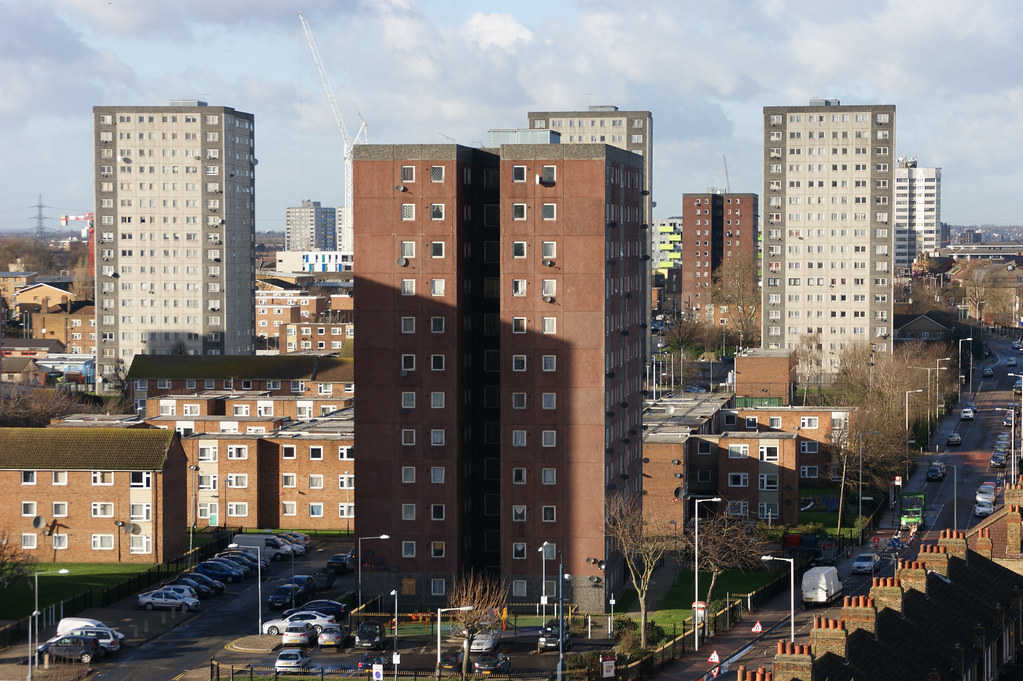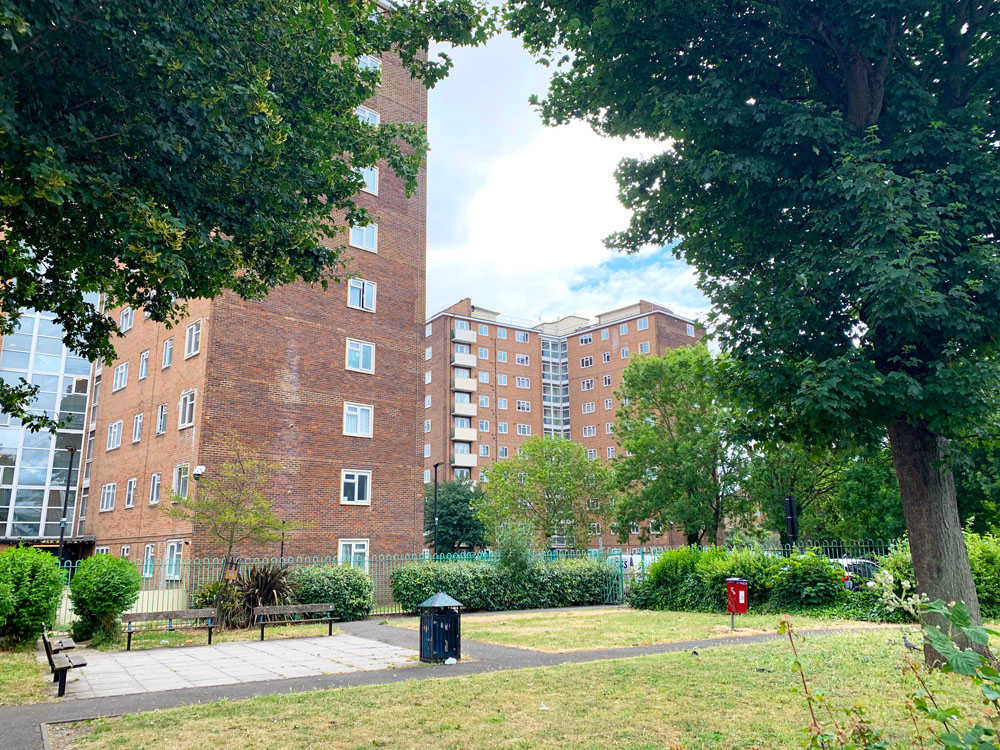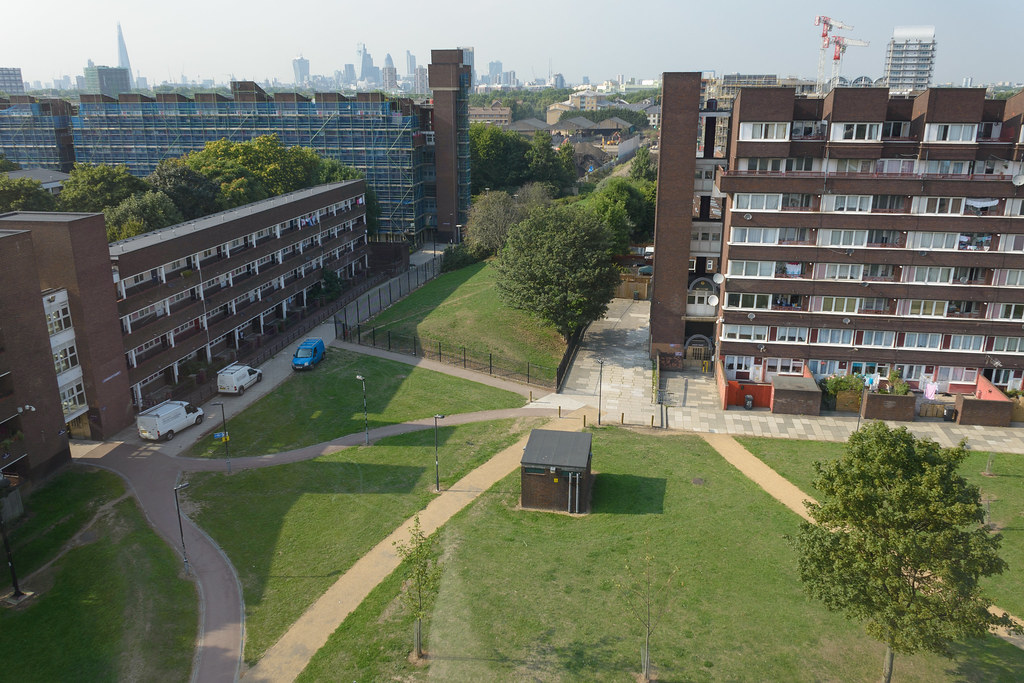
The Research
Gentrification, Displacement, and the Impacts of Council Estate Renewal in Twenty First Century London (ESRC grant ES/N015053/1)
Over the last 3 years, the University of Leicester and King’s College London have undertaken a research project that has provided detailed evidence of the displacement of London council tenants and leaseholders, from 1997 onwards, through regeneration schemes. As part of this research, 120 in-depth interviews were carried out with residents on 6 different council estates undergoing regeneration.
Did you know?
Demolition
Since 1997, 161 London council estates have been demolished, that have more than 100 households. Estates smaller than this have not been counted.

Displacement
This equals to about 55,000 homes being demolished with a rough estimate of about 131,000 people being displaced.
Anxiety
Many residents experienced displacement anxiety and other mental health disorders.
Case studies
120 interviews were conducted with households on 6 council estates across London. These interviews were carried out with current residents, as well as residents that had moved off the estate, and with some that moved off and then returned after regeneration. Interview questions focused on quality of life and housing satisfaction, and sought to understand how the regeneration of their estate impacted them. All estates had seen decanting, with residents describing households, friends and neighbours having moved off their estate. Interviewees across all estates raised concerns about affordability and the increase of market rate homes, the changing social character of their area, as well as a lack of clear information and poor management of the regeneration process. All six estates are in a different stage of the regeneration process with the Ocean estate being the only one completed. The Ocean estate therefore represents a useful case study and a warning for all council estates of the possible consequences of regeneration, during and indeed long after building work finishes.
Pre and Post regeneration flows
These maps seek to represent the relocation of households from selected estates at two scales: within London, and across all of Great Britain. The top row shows movement of households to other wards within the GLA (and a small part of Essex), while the bottom row tracks longer distance relocations at the Local Authority level. The left two columns show these patterns before and after regeneration was first announced, while the right-most column shows for the purposes of comparison what happened on estates where wholesale redevelopment did not begin during the period of our study.
The work presented here draws on Linked Consumer Register data provided by the CDRC, an ESRC Data Investment, under project ID CDRC 468-02, ES/L011840/1; ES/L011891/1.
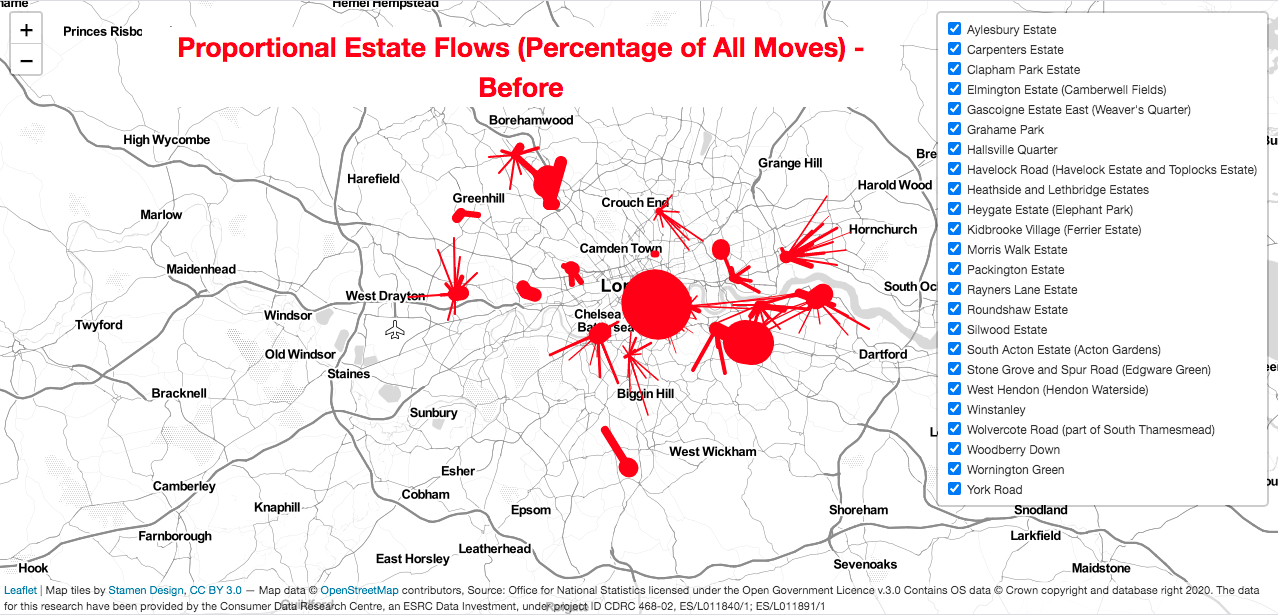
Pre-regeneration flows from estates
View map
Post regeneration flows from estates
View map
Estate flows from estates - control
View map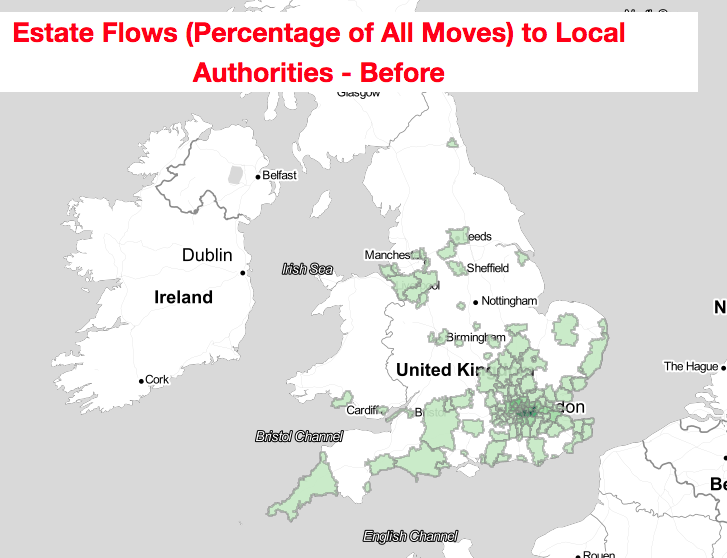
Estate flows to local authorities before
View map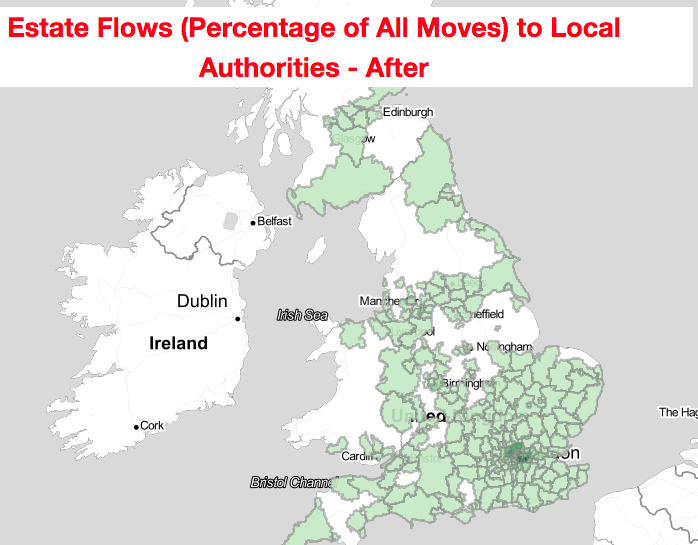
Estate flows to local authorities after
View map
Estate flows to local authorities- control
View mapResearch project team
Principal Investigator: Loretta Lees, Professor of Human Geography, School of Geography, Geology and the Environment, University of Leicester, UK.
Co-Investigators: Phil Hubbard, Professor of Urban Studies, Department of Geography, King’s College London, UK and Nick Tate, Associate Professor in Geographic Information Science, School of Geography, Geology and the Environment, University of Leicester, UK.
Research Assistants: Natalie Smith, Adam Elliott-Cooper, Sue Easton.
Consultants: Jon Reades, Department of Geography, King’s College London, UK and Guy Lansley, Consumer Data Research Centre, University College London.
Contact loretta.lees@le.ac.uk for further details on the findings.
Published Research Papers:

CaCHE Policy Briefing - using qualitative methods to explore the impacts of decanting on different resident groups.
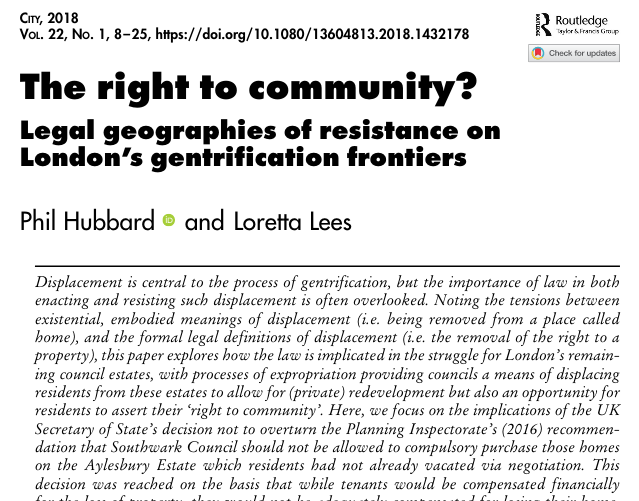
This article explains why the first Aylesbury estate Public Inquiry resulted in a precedent setting win around the right to community on council estates faced with regeneration.
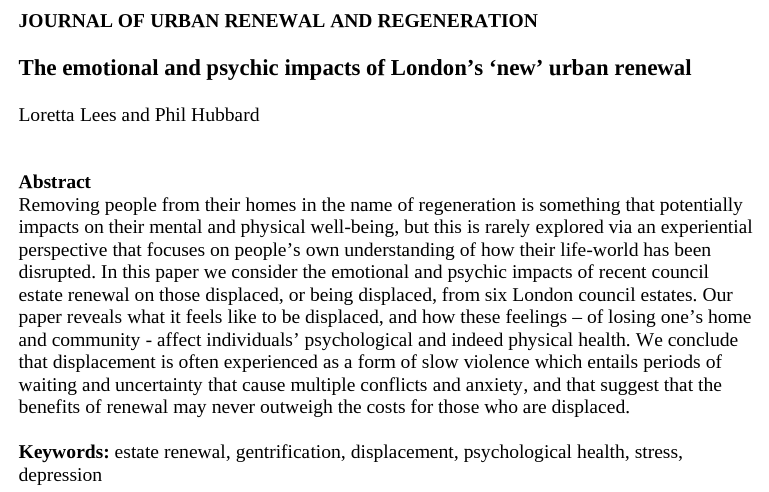
This article highlights the importance of analysing and attending to the psychological impacts of displacement due to the regeneration of council estates.
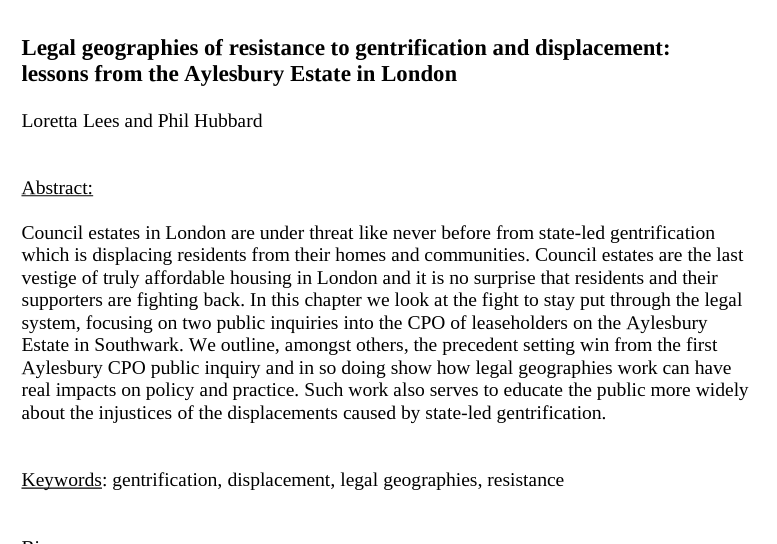
This book chapter discusses the first and second (revised) Aylesbury estate Public Inquiries, summarising the lessons learned for both community activists and estate residents. It is published in an edited handbook focused on ‘displacement’.

This article reviews the academic literature on gentrification-induced displacement arguing that the process is a form of violent un-homing that has serious social justice implications.
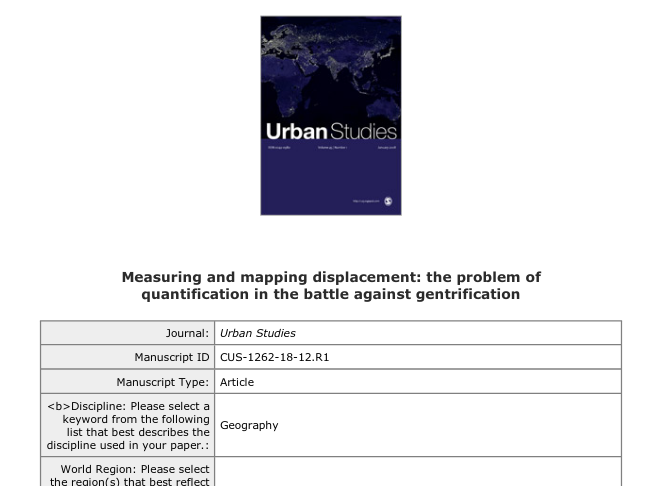
This article explains in detail the problem of quantitatively measuring gentrification-induced displacement using various data. It critiques the flaws in previous quantitative studies. It suggests ways out of this conundrum.
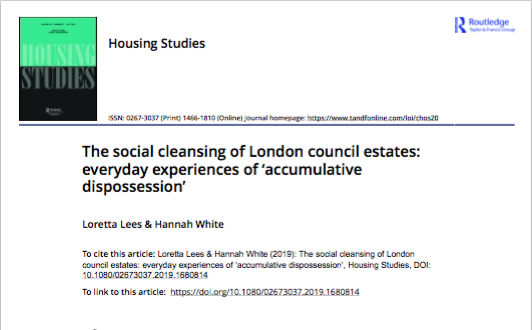
This article looks at the accumulative processes of dispossession that displace council estate residents in London from their homes, including the history of this from 1979, council estate regeneration programmes, and benefit changes. Research with Cambridge House in Southwark, following council tenants facing dispossession into Lambeth County Court, shows the reasons they were in arrears and how the system deals with this. On the topic of this article also a twitter interview is available.
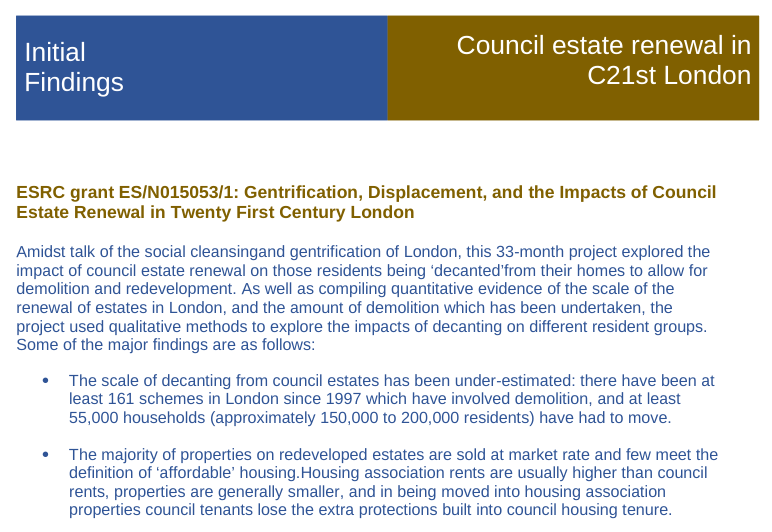
This is a summary of both the aims of the ESRC project and its initial findings.
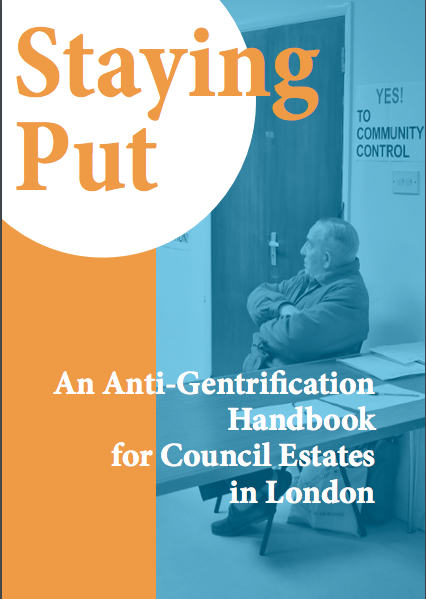
Staying Put
An Anti-Gentrification Handbook for Council Estates in London
By London Tenants Federation, Loretta Lees, Just Space, Southwark Notes Archive Group
Staying Put: An anti-gentrification handbook for council estates in London inspired later work by Pablo Sendra and Daniel Fitzpatrick, who collaborated with Just Space and other community groups on the open access book Community-Led Regeneration: A Toolkit for Residents and Planners (UCL Press, 2020). Like Staying Put, Community-Led Regeneration follows a long tradition of recording on paper the experiences of urban struggles against demolition and regeneration in London, and it is presented in the form of a toolkit that can be useful for other campaigns going through the same situations (Pablo Sendra, Lecturer in Planning & Urban Design, the Bartlett School of Planning, University College London).
Is also served as a crucial model for writing the Swedish version Rätt att bo kvar (Right to stay put), and for facilitating local organization work for housing justice, it has also strengthened the belief in the importance of tenants’ rights to influence the future in their residential areas. Like Staying Put, Rätt att bo kvar was created to be used in the local organisation of struggles for the future of social housing in Sweden. Local mobilization has changed the course of the events positively for some collectives of tenants in Göteborg and Stockholm, and probably at other locations. The Swedish handbook is available online and has been used, and is still being used, widely by local activists in several Swedish cities (Uppsala, Stockholm, Göteborg, Umeå, Örebro, Malmö, among others). It also gave birth to a second book, created in a collaboration between researchers and activists and published in 2019, Renovräkt!: Hyresvärdars makt(spel) och hur du tar striden (Renovicted! Landlord's power (games) and how to fight them). This book, which is currently used nationwide, is even more specific in its recommendations to local activists confronting the threats of gentrification and “renoviction” (Irene Molina, Professor in Human Geography, IBF/Institute for Housing and Urban Research, Uppsala university, Sweden).
In addition, it acted as a template for Staying Put! An anti-gentrification toolkit for Southern Europe written by Sandra Annuniziata with Loretta Lees. Staying Put! An anti-gentrification toolkit for Southern Europe brought together activists, scholars, collectives, and platforms from, and working on, different cities in Portugal, Spain, Italy and Greece to engage collectively in the exploration of the potential and limits of anti-gentrification discourses and practices in facing the regimes of expulsion that characterise Southern European cities in the current period of austerity (Mara Cossu, ETICity president, Rome, Italy).
